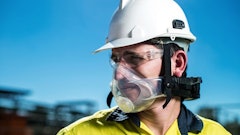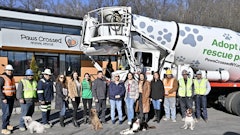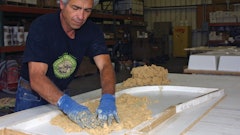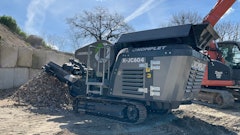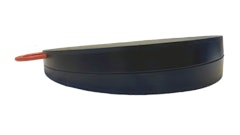
Productivity. It’s not a formula. It’s not material. It’s a concept and one easier said than done. Historically, productivity has been a challenge for the concrete construction industry to tackle. While solutions and technology have been a major focus of the cost of the structure, few have aimed at the collaboration of the designer and contractor.
For ACI’s new Center of Excellence, productivity stands at its foundation and has footings to hold up a unique structure going forward. The American Concrete Institute launched PRO: An ACI Center of Excellence for Advancing Productivity.
As a catalyst for solving the barriers of constructability to advance concrete construction productivity, PRO will collaborate with designers, materials suppliers, and contractors to identify and resolve issues that negatively impact productivity in concrete construction. PRO will be single-focused to quickly create industry change.
To be located at ACI headquarters in Farmington Hills, Michigan, it’s very early in the organization’s life. Aside from the support by ACI technical experts, the Center’s only current official employee is the executive director, Phil Diekemper. "The industry is not advancing the way it needs to," he says. PRO is being set up to create the right conversations with the right people.
PRO’s Vision:
The Center envisions a concrete industry where the productivity potential of contemporary materials and construction systems is fully realized and continually advanced.
The Center aims to optimize labor and time against materials by improving structural design and construction processes collaboratively with designers, material suppliers, builders, and industry stakeholders. Initial areas of focus for PRO include industry collaboration efforts, identification of productivity obstacles and solutions, constructible design resources, automation, technology validation, interaction with ACI committees, and more. A not-for-profit entity created by the ACI, the Center will draw from the Institute’s technical and administrative support services with funding and direction provided by Sponsors.
“The concrete contractor’s input on design details, specifications, and material criteria that embraces the construction process is long overdue,” says Diekemper. “Improving construction productivity through concrete design is the key to unlocking project value. I’m very excited to participate as the industry collaborates with a single focus to improve concrete construction productivity.”
PRO and its future sponsors aim to advance new technologies and processes that improve productivity beyond historic levels. There are various levels of sponsorships, but right now they’re looking for innovative and creative leaders to participate—those who are comfortable making an impact on what the work product can and should be.
“When I was in the business, I often talked about standing costs: what would [a day] cost us if we didn't show up and do anything. Those daily standing costs are enormous. It was not unreasonable on a normal concrete structure that the cost would be $5,000-$10,000 a day. Larger projects can double these amounts. Well, let me tell you $10,000, a day can buy a lot of rebar. It can buy a lot of concrete. It can—it is—substantial," he says.
Even if it doesn't save an ounce of material, Diekemper sees a massive opportunity to make a difference at the start of a project by having the mindset to save time with a more constructible design.
Connecting Silos
The roots of structural design software have been built on optimizing the material of a concrete structure. Traditionally, the rule of thumb has been that all the algorithms, formulas, and codes have been focused on the 30% of the total cost of the structure; the other 70% is time and labor costs. While the software has improved, the communication between material producers, contractors, and designers has become more siloed and less interactive, explains Diekemper. “Subsequently," he adds, "as each tries to optimize their silo, they don’t collaborate as they should.”
Roughly three to four years ago, he sat in on a presentation by the McKinsey Global Institute. According to their numbers, the productivity of the manufacturing industry tends to grow at about 3.6% a year. Construction was 1%. When compounded over a number of years, the lower productivity growth becomes fairly significant. “I was in the concrete construction industry at the time,” he remembers. “It took us back because we thought about all the improvements we have made. If you go to World of Concrete, everyone is selling a product, a tool, or equipment that in essence satisfies the hunger for our industry to be more productive.”
While the tools, machinery, and software solutions have seen improvements over the years through engineering, ingenuity, and technology—productivity just wasn’t happening across the board. Rocks in the funnel like uncoordinated or antiquated design documents were slowing progress.
“What we’re finding is, as materials are optimized, the constructability of many designs has become more isolated in their silos. There are success stories but in general, we find a gap. Construction takes more time and labor and subsequently affects productivity.
If we can make the industry more productive, efficient, and constructible with initial designs through the collaboration of the parties we will get the rocks out of the funnel, and find additional obstacles and solutions to them—then I believe the industry will ultimately create greater value to the owners of projects. The industry, as well as our clients, will benefit from that.”
Leveraging modern technology, the vision starts with a joint effort with the contractor brought in as a partner to develop not only a material-efficient design but one that's efficient with time and labor as well. “That’s what a constructible design is. That’s how to improve productivity,” he says. “Then we can go to World of Concrete and acquire all the best tools, hardware, formwork systems, and have an impact.” PRO can become the knowledge source to support and make needed changes in the concrete construction delivery process.
What will PRO start with first? Great question. Eager to get to work, it’s one they asked themselves right away. PRO has begun a strategic planning effort to decide where it needs to focus initial efforts, how sponsors shall meet, and when. At current, Diekemper’s vision is to create a face-to-face meeting for this strategic planning and build relationships amongst the innovative minds of the sponsors involved.
To build to that, they need to expand with sponsors and create a steering committee for strategic planning. “How PRO grows over a period of time will largely take the shape of the sponsors and the motivation of the leadership,” says Diekemper. “We’re seeking companies that share PRO’s vision, the innovative companies that drive change. We’re seeking contractors both general and subcontractors that self-performed concrete, material suppliers, reinforcing fabricators, reinforcing installers, design engineers, or even project architects or owners.”
To learn more about PRO and to get involved, visit concreteproductivity.org.





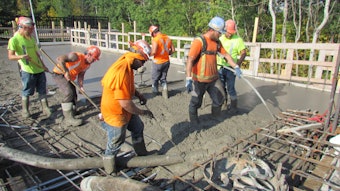

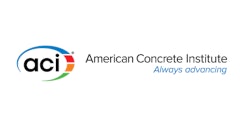
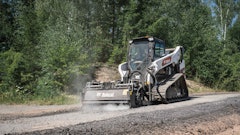
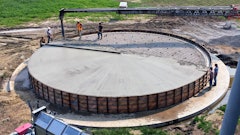
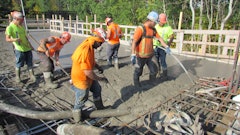
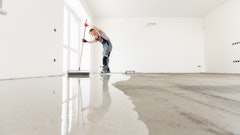

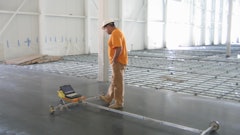

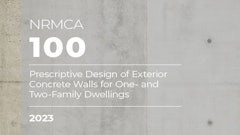
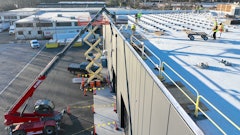
![Glp Porsche 072723 465 64ee42287c29e[1]](https://img.forconstructionpros.com/files/base/acbm/fcp/image/2024/03/GLP_PORSCHE_072723_465.64ee42287c29e_1_.65e88b8589b9c.png?auto=format%2Ccompress&fit=crop&h=135&q=70&rect=0%2C520%2C2250%2C1266&w=240)



